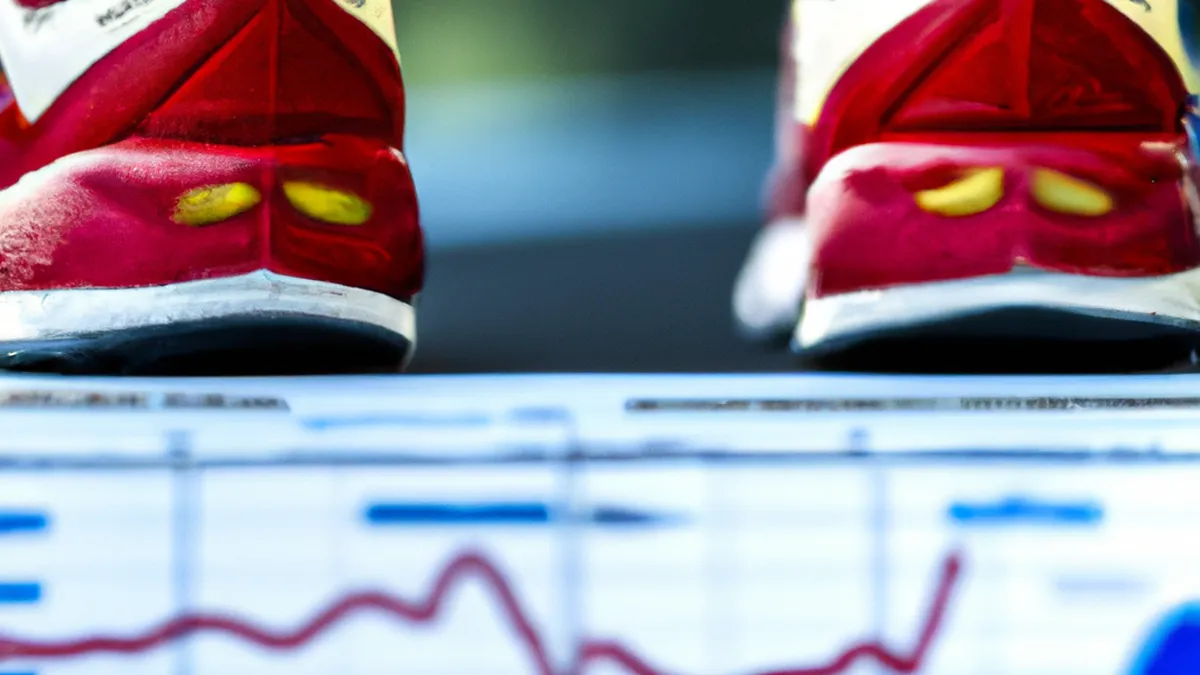Dive Deep into Cardiac Tracking Technologies
Heart Rate Monitoring Algorithms: Understanding the Technology Behind Your HealthHeart rate monitoring plays a crucial role in health and fitness. It helps individuals track their well-being and optimize exercise routines. Smartwatches and fitness trackers revolutionize how we monitor heart health. Heart rate monitoring algorithms process and analyze sensor data to provide accurate insights. This post explores these algorithms, their benefits, and tips for effective use.
What are Heart Rate Monitoring Algorithms?
Heart rate monitoring algorithms process heart rate data from various sensors. They analyze signals to determine beats per minute (BPM), offering real-time feedback. The technology varies significantly; some algorithms use simple threshold methods while others employ sophisticated machine learning techniques.Two primary methods gather heart rate data: photoplethysmography (PPG) and electrocardiography (ECG). **PPG** uses light to measure blood volume changes in microvascular tissues, enabling non-invasive monitoring. It commonly appears in wrist-worn devices. **ECG** records electrical signals from the heart, providing more precise readings. Clinicians often use ECG devices, but consumer technology increasingly integrates them.
Types of Algorithms
Several algorithms serve heart rate monitoring, each with unique advantages. Understanding these helps you choose the right device for your needs.1. **Peak Detection Algorithms**: These basic algorithms identify peaks in heart rate signals to determine BPM. They effectively serve most users but may struggle with noise during intense activities.2. **Adaptive Filtering**: These algorithms adjust parameters based on signal noise levels. Adaptive filters enhance heart rate data quality, making them useful during exercise. They filter out irrelevant signals that disrupt readings.3. **Machine Learning Models**: Advanced algorithms use machine learning techniques to learn from historical data. They improve performance over time as they process more data. These models often outperform traditional algorithms, especially in complex scenarios.
The Importance of Accuracy
Accurate heart rate monitoring proves vital for various reasons. It helps individuals gauge fitness levels and adjust workouts accordingly. It can also provide early warnings for potential health issues. Anomalies like unusually high or low readings may indicate underlying medical conditions. Thus, choosing a device with reliable algorithms is essential for effective monitoring.
Tips for Effective Monitoring
As an Amazon Associate I earn from qualifying purchases.
Gear tip: consider running shoes, gps running watch, and heart rate strap to support this topic.
1. Choose a device with reliable algorithms. 2. Ensure proper sensor placement for accurate readings.3. Monitor heart rate during different activities for comprehensive data.4. Regularly assess your device’s performance and accuracy.
Conclusion
Heart rate monitoring algorithms significantly enhance health tracking. Understanding these algorithms helps individuals choose suitable devices for their fitness journeys. Accurate monitoring enables better health management and early detection of potential issues.
Below are related products based on this post:
FAQ
What are heart rate monitoring algorithms?
Heart rate monitoring algorithms are systems that process heart rate data from various sensors to determine beats per minute (BPM). They provide real-time feedback and can vary in complexity, from simple threshold methods to advanced machine learning techniques.
How do PPG and ECG differ in monitoring heart rate?
Photoplethysmography (PPG) uses light to measure blood volume changes in microvascular tissues, enabling non-invasive monitoring typically found in wrist-worn devices. In contrast, electrocardiography (ECG) records electrical signals from the heart, offering more precise readings and is often used in clinical settings.
Why is accuracy important in heart rate monitoring?
Accurate heart rate monitoring is vital as it helps individuals gauge their fitness levels and adjust workouts accordingly. Additionally, it can provide early warnings for potential health issues, making it essential to choose devices with reliable algorithms for effective monitoring.















Post Comment